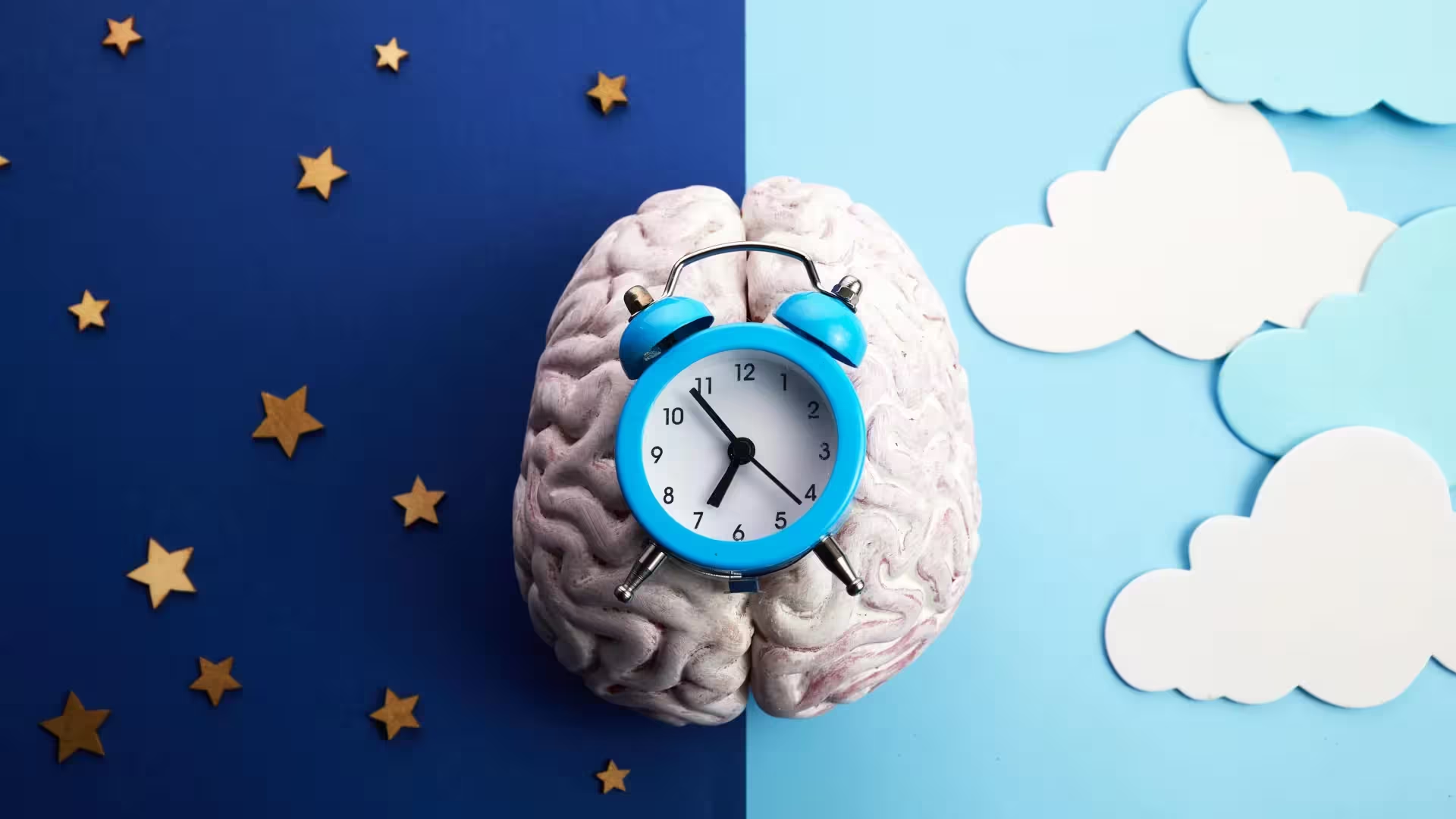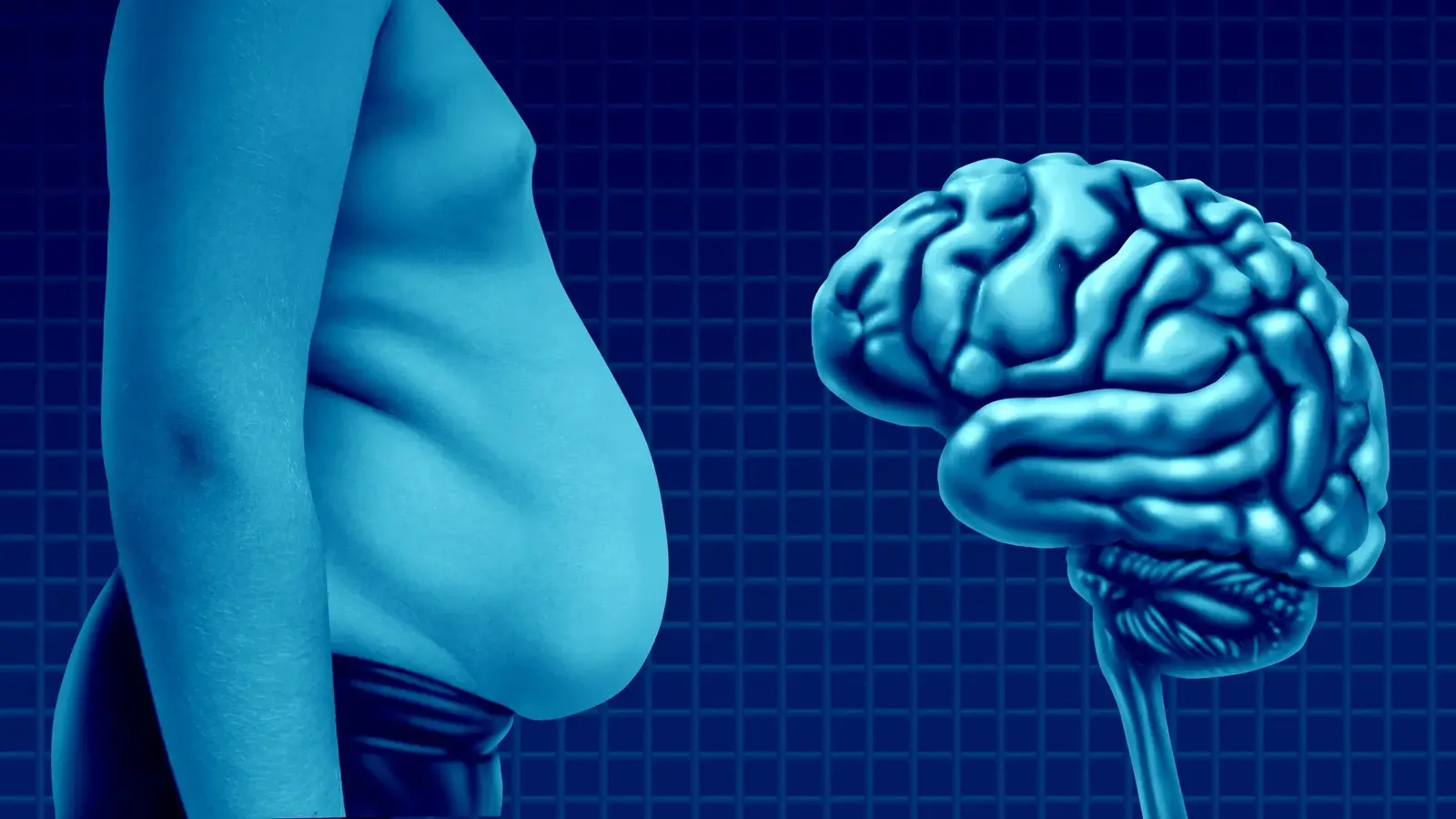5 Minutes
Hidden hypothalamic circuit stabilizes overnight glucose
A hidden network of brain cells prevents overnight glucose crashes by turning fat into fuel—possibly a key to understanding prediabetes. Credit: Shutterstock
The brain is a central regulator of blood glucose during dramatic challenges such as severe fasting or hypoglycemia, but its role in everyday glucose control has been less explored. New research from the University of Michigan, published in Molecular Metabolism, identifies a discrete population of neurons in the ventromedial hypothalamus (VMH) that helps maintain stable blood sugar during routine conditions, especially during the early hours of the nightly fast.
Scientific background and experimental approach
The hypothalamus integrates hormonal and neural signals to coordinate hunger, temperature, stress responses and metabolic balance. Over decades, studies have linked hypothalamic dysfunction to blood-glucose fluctuations in diabetes. The VMH, in particular, has been implicated in raising blood sugar during emergencies. The Michigan team asked whether specific VMH neurons are also active during ordinary daily cycles when diabetes typically develops.
The investigators focused on VMH neurons that express the cholecystokinin B receptor (Cckbr), hereafter called VMH Cckbr neurons. Using mouse models, they selectively inactivated or activated these neurons and then continuously monitored circulating glucose and metabolic markers. This cell-targeted approach allowed the team to test causal links between neuronal activity and whole-body fuel use.
Key findings: lipolysis, glycerol and overnight glucose stability
When VMH Cckbr neurons were silenced, mice were more susceptible to falling glucose levels during the early fasting period that follows the last meal of the day. Conversely, activation of these neurons increased systemic glycerol, a product of fat breakdown that the liver can convert to glucose via gluconeogenesis.
Functionally, VMH Cckbr neurons drive lipolysis — the breakdown of stored fat — releasing glycerol and free fatty acids that support blood glucose during the first few hours of sleep. As the study lead noted, this neuronal population acts to prevent nocturnal hypoglycemia by prompting fat-to-fuel conversion. The researchers propose that excessive or dysregulated signaling in the same circuit could underlie the nocturnal lipolysis and elevated fasting glucose observed in people with prediabetes.

Mechanistic nuance and network coordination
Importantly, VMH Cckbr neurons appear to specifically control lipolysis rather than every pathway that affects glucose. The researchers emphasize that glucose regulation is not a simple on/off switch; multiple neuronal populations in the VMH and elsewhere interact to produce graded responses for feeding, fasting and stress. Other cell types may control hepatic glucose production or pancreatic hormone release through separate connections.
Implications for prediabetes and metabolic medicine
These results offer a plausible neuronal mechanism for why some individuals exhibit elevated nocturnal lipolysis and higher morning glucose — a hallmark of impaired glucose regulation and prediabetes. If VMH Cckbr neurons are overactive in humans, therapeutically modulating their activity or downstream pathways (for example, targeting lipolysis or glycerol-to-glucose conversion) could represent a new preventive strategy against progression to type 2 diabetes.
The study also underscores the importance of the brain-liver-pancreas axis in metabolic disease. Future therapies may combine central (neural) and peripheral (liver, adipose tissue, pancreas) targets to restore healthy nightly glucose dynamics.
Experiment details and research team
The work used genetically engineered mouse models and neurobiological techniques to alter VMH Cckbr neuron activity while measuring circulating metabolites, including glycerol and glucose. The research was conducted by the Caswell Diabetes Institute at the University of Michigan, a team focused on neuronal control of metabolism and disease.
Expert Insight
Dr. Elena Morales, a neuroscientist specializing in metabolic circuits, commented: "This study elegantly links a small, defined neural population to a specific metabolic action — promoting lipolysis to buffer blood glucose at night. It highlights how subtle, time-of-day–dependent neural signals can shape long-term metabolic health. Translating these findings to humans will require careful mapping of homologous circuits and assessment of nocturnal neuronal activity in at-risk populations."
Future directions
The authors are pursuing how different VMH neuronal subtypes coordinate to regulate sugar across feeding, fasting and stress states, and how neural control interfaces with liver and pancreatic responses. Open questions include whether VMH Cckbr neuron overactivity is present in human prediabetes, which molecular mediators convey the neural lipolytic signal to adipose tissue, and whether chronotherapy or targeted neuromodulation could rebalance nocturnal metabolism.
Conclusion
This study reveals that a specific set of VMH neurons helps prevent overnight hypoglycemia by triggering fat breakdown and glycerol release for glucose production. The findings expand our understanding of brain-driven metabolic regulation during routine daily cycles and point to neural lipolysis control as a potential factor in prediabetes. Elucidating how VMH circuits coordinate with peripheral organs may open new avenues for preventing and treating early metabolic dysfunction.
Source: sciencedaily


Leave a Comment